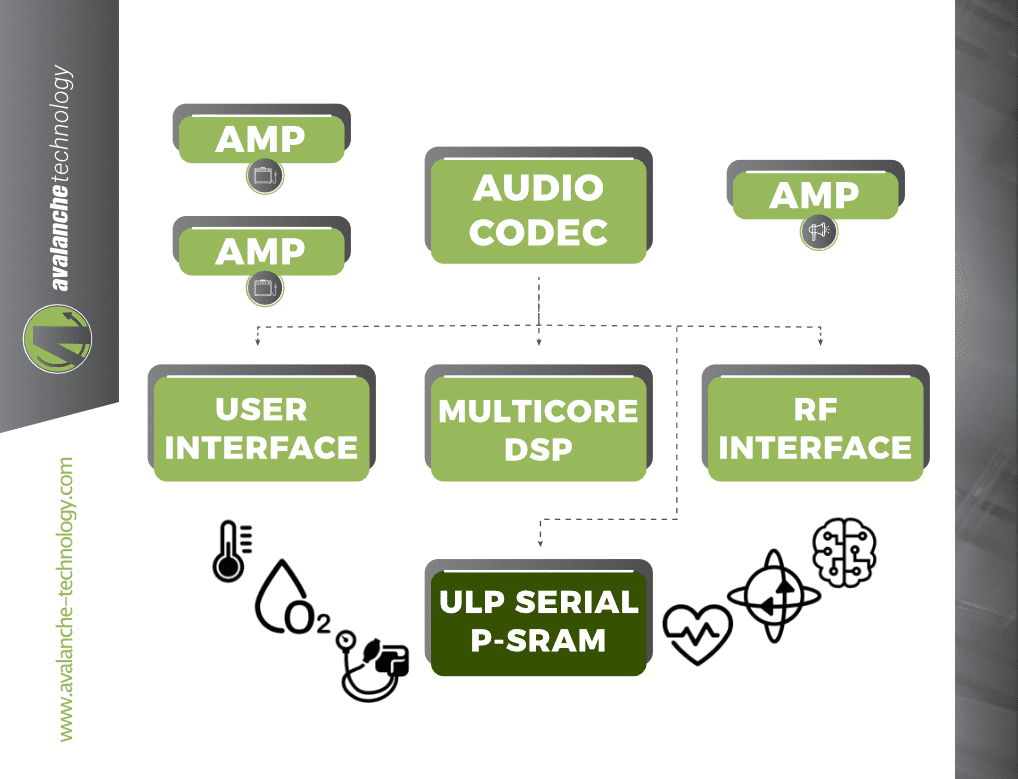
If you tuned in to the recent Apple Watch launch event, you might have got the impression that it is the biggest thing in health monitoring. Apparently 79% of the Apple Watch owners use it for health and fitness monitoring. Given the success of the Apple Watch, one would get the impression that it was the most impactful gadget for health monitoring. While the Apple Watch, and its contemporaries like Fitbit bands, can take credit for raising awareness of fitness and nudging their users to be more active physically, they aren’t the most impactful health monitoring gadgets. Most of the Apple Watch users are young adults who typically don’t have many health issues. A study by the app Cardiogram shows that less than 10% of its users are 60 years or older. The need for health monitoring is more acutely felt in older adults. As humans age they develop various health issues, from loss of hearing and vision, to cardio-vascular ailments and beyond. The most impactful health monitoring solution will be one that can address the needs of older adults. While some older adults adopt smart watches and fitness bands, most of the older adults don’t. However, there is another device that finds widespread usage amongst older adults – the humble hearing aid.
The hearing aid sits in the human ear, a site ideal for gathering health related data such as body temperature, heart rate and equilibrium. The ear can provide more information about what’s going on in your body than the wrist can. The hearing aids also have ergonomic designs and multi-day battery life. Most importantly, users who rely on hearing aids are used to wearing them throughout the day and a much higher percentage of older adults use the hearing aid in comparison to the smart watch. The humble hearing aid is well suited to be the most impactful health monitoring device. Perhaps in recognition of this possibility, hearing aid provider Starkey Labs has added capabilities such as fall detection and notification, and, AI-based language translation to it’s new Livio AI hearing aid. But more can be done and the possibilities are endless.

Figure 1 shows the block diagram of a hearing aid. In this system typically a Digital Signal Processor (DSP) is used as the controller. Typically, the DSP firmware and system parameters are stored in an EEPROM or Flash or Re-RAM (Resistive Random Access Memory) memory device. These types of non-volatile memories are well suited for use in a traditional hearing aid on account of low endurance requirements of the non-volatile memory. Typically, these hearing aids use 16Mb of NOR Flash and 2Mb EEPROM.

As the hearing aid becomes more advanced there are two changes in the requirements for the non-volatile memory. First, the endurance requirements increase because sensor data is continually written to it. It is analyzed in batches and deleted to make room for new data periodically. This cyclical write-and-erase behavior requires high endurance. Second, the memory density requirements also increase. An advanced hearing aid, which incorporates health monitoring functions, requires 16/32Mb of memory of total memory. The endurance requirements rule out using EEPROM and ReRAM while the density requirement rules out using non-volatile memory technologies such as F-RAM (Ferroelectric Random Access Memory) which does not scale up beyond 4Mb.
STT-MRAM or Spin Transfer Torque MRAM is a new MRAM technology that scales well to higher densities and is a true non-volatile random-access memory. Avalanche Technology’s Low Energy Serial Persistent-SRAM (P-SRAM) is a STT-MRAM that is ideal for applications that must store and retrieve data with the least energy consumption, thus maximizing battery life. This is one of the most critical parts of the design of any battery-operated device.
This latest generation of Avalanche’s ULP P-SRAM, switches to an active power mode on the fly when CS# (chip select bar) is driven Low. The selection of the device switches all internal power circuits to an On state. Taking CS# High i.e. deselecting the device signals the device to power gate and effectively turn off all internal power regulators. In this mode standard off the shelf P-SRAM device’s current consumption drops to 2.5mA (typical). These devices can be customized for specific use to achieve less than 1mA. All this is achieved in the ULP P-SRAM without requiring any modification to the existing memory driver, resulting in shorter development cycles and lower cost whilst enhancing system reliability. These low energy memory devices are true non-volatile memories and have virtually infinite endurance and retention. They are available in standard small-footprint packages that are ideal for form-factor-constrained portable medical devices and other IoT applications.
Learn more about Avalanche Technology ULP P-SRAM products HERE.
